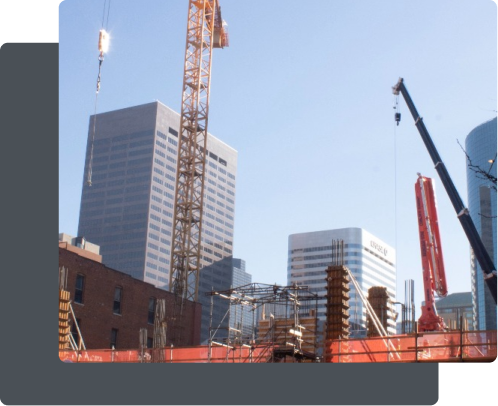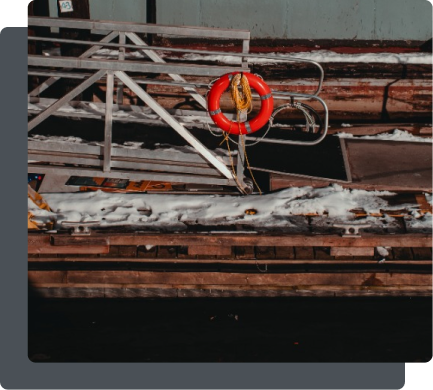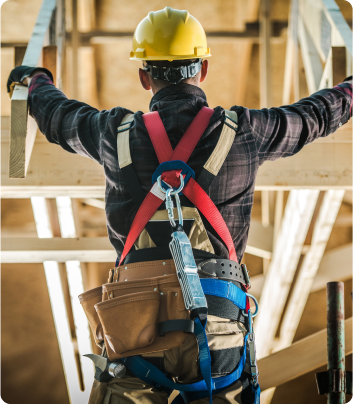
During winter, construction workers must prioritize safety due to slippery conditions and cold weather. Awareness of cold-related health risks is vital. Regular warm-up breaks, effective lighting, and ice-treated surfaces are essential. Ensuring machinery is prepared for winter conditions is also crucial. Proper training and adherence to safety protocols can greatly reduce winter-related risks on construction sites.


Winter conditions not only bring physical challenges but also affect the mental well-being of construction workers. Shorter daylight hours of winter can impact mood and alertness, which are crucial for safety on a construction site. Moreover, working in extreme cold can lead to quicker fatigue, making tasks that are normally straightforward more difficult and increasing the risk of accidents. Employers must consider these factors in their winter safety strategies.
Additionally, providing training on recognizing the signs of cold stress, such as frostbite and hypothermia, is critical. By taking a holistic approach to winter safety that addresses both physical and mental aspects, employers can maintain a productive, safe, and healthy work environment even in the toughest winter months.

Master vital fall hazard recognition and compliance skills, and become an OSHA-recognized competent person in workplace safety.

Construction workers confront a range of winter dangers:
As winter approaches, the construction site transforms, bringing with it new risks and challenges. It’s crucial for construction workers to adapt their safety practices to these changing conditions.
Learn critical skills in fall protection, hazard recognition, and safety to qualify as a Competent Person in workplace safety.
English Class
Date: Feb 29, 2024
Time: 8:30 AM to 2:30 PM
Spanish Class
Date: January 26, 2024
Time: 8:30 AM to 2:30 PM

11000 SW Barbur Blvd, Ste 100 Portland, OR 97219
